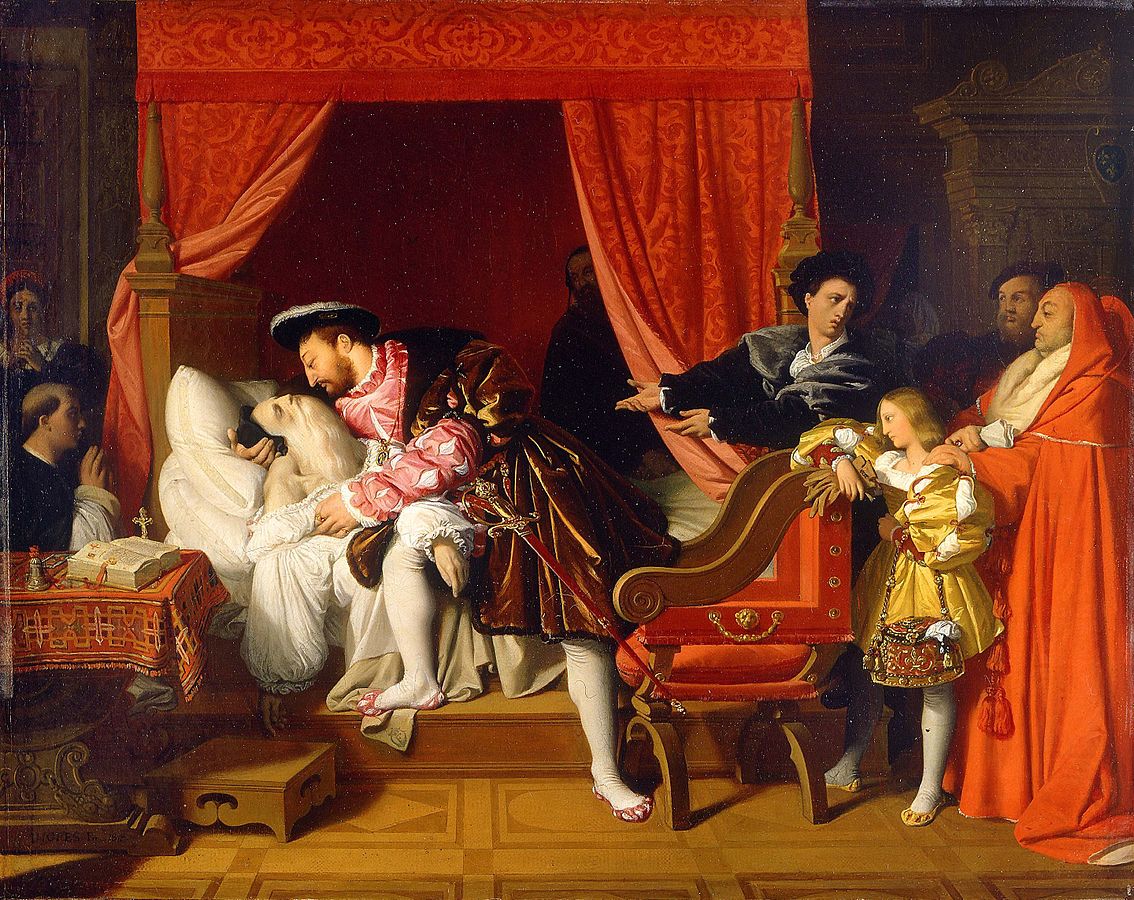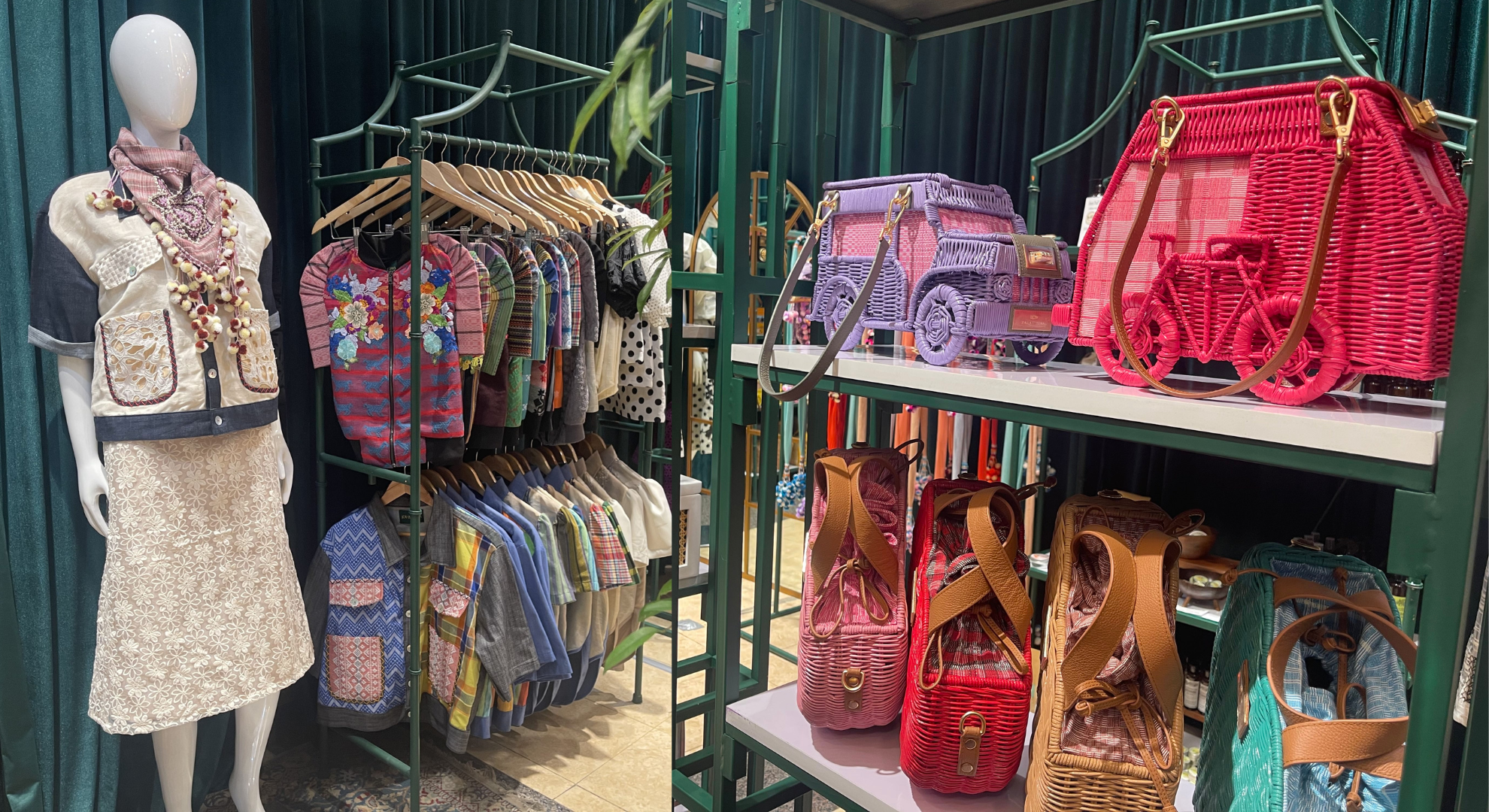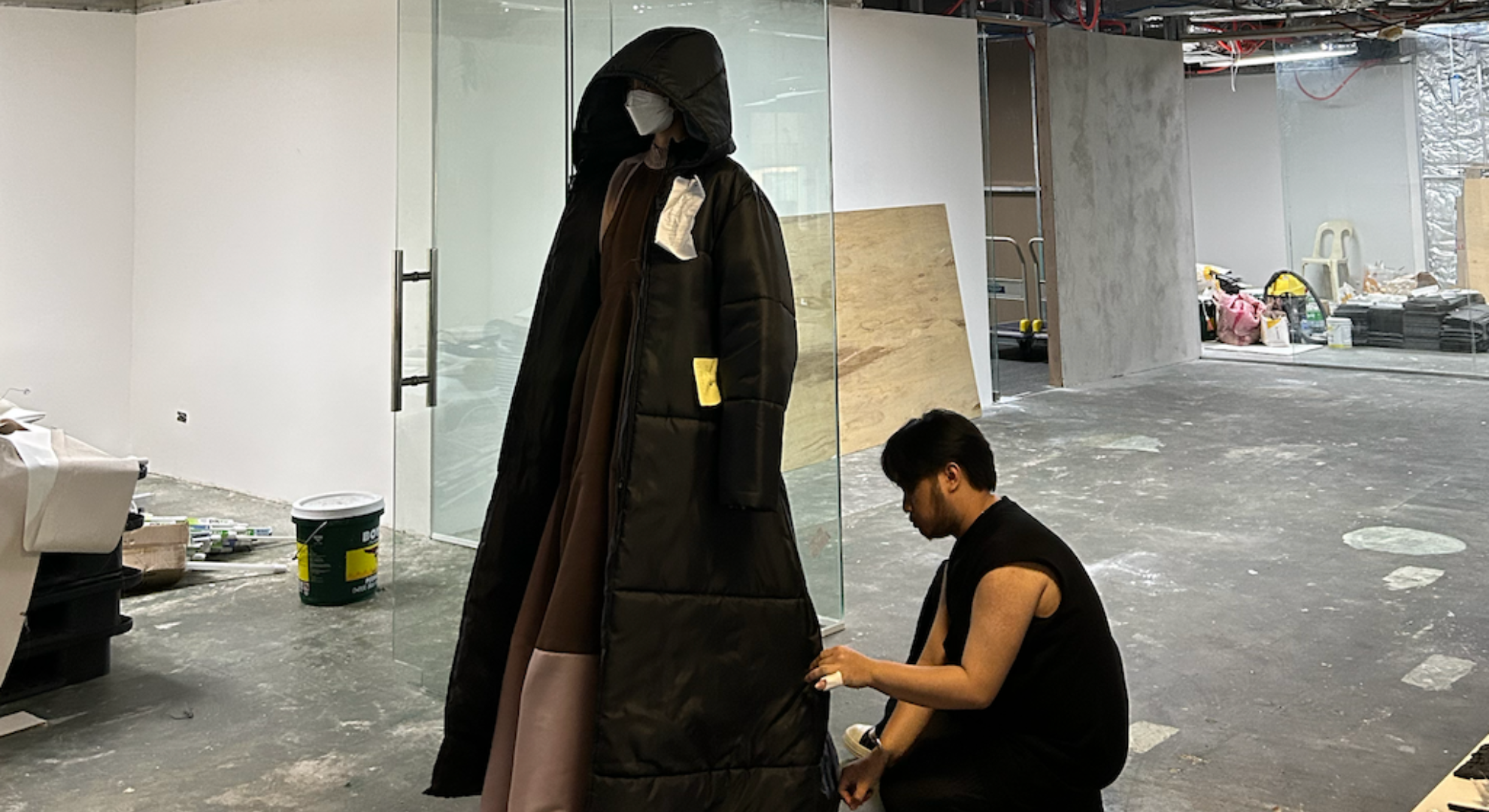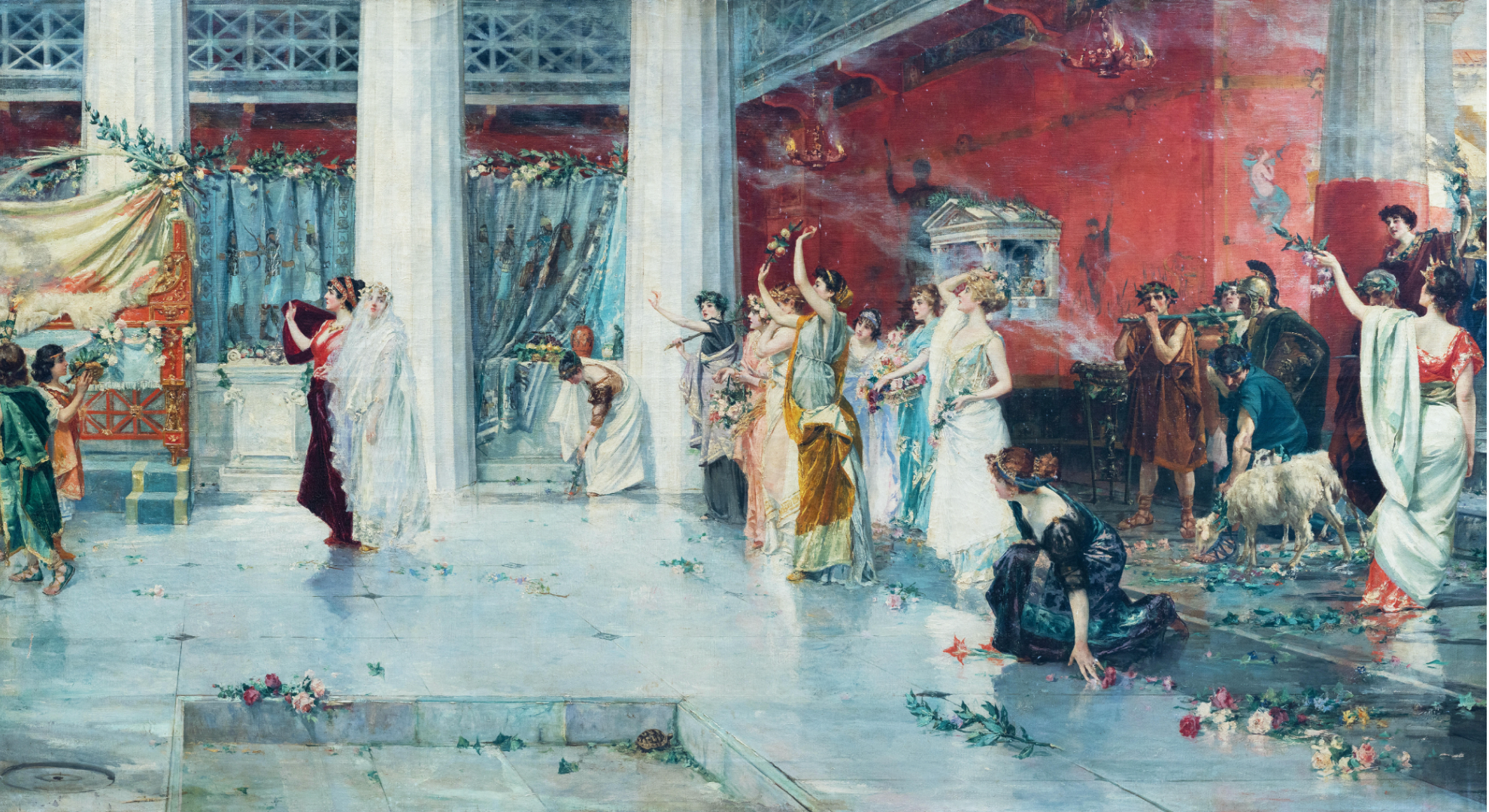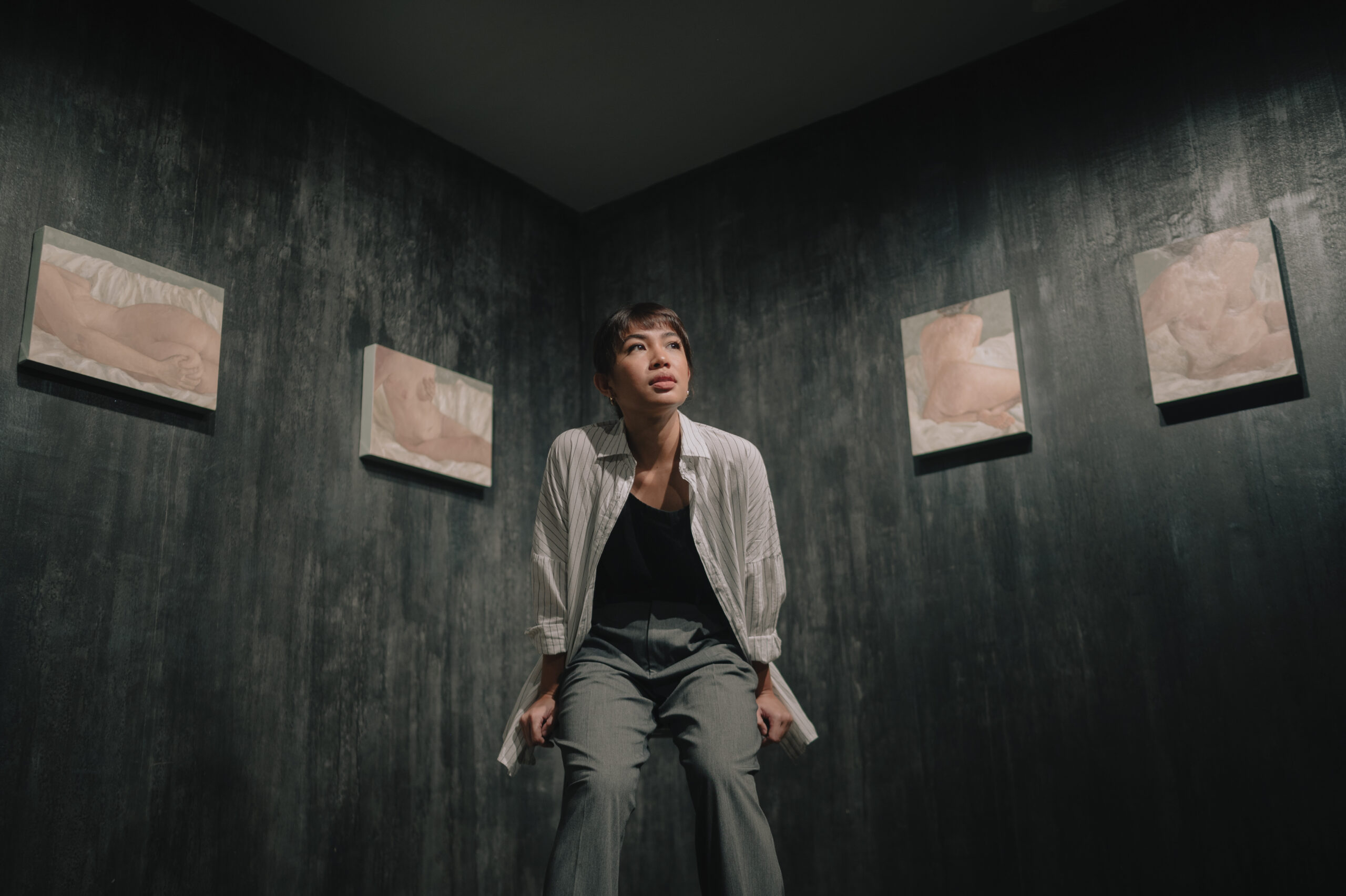Leonardo da Vinci, who died 500 years ago on Thursday, lives in the collective memory as an enigmatic genius who embodied the Italian Renaissance. Here are some anecdotes about his extraordinary life and work.
‘Fake news’: Leonardo died in the arms of King Francis I
An 1818 painting by French artist Jean-Auguste Dominique Ingres shows Leonardo da Vinci breathing his last with his patron, France’s King Francis I, at his bedside.
The scene was inspired by an account in “Lives of the Artists” by Giorgio Vasari, first published in 1550.
Vasari, seen as the father of art history, wrote that Leonardo “died in the arms of the monarch”. The problem is that it could not be true. According to historical records, the king was a two-day ride away in Saint-Germain-en-Laye, near Paris, for the baptism of his second son on May 3, the day after the Renaissance master died.
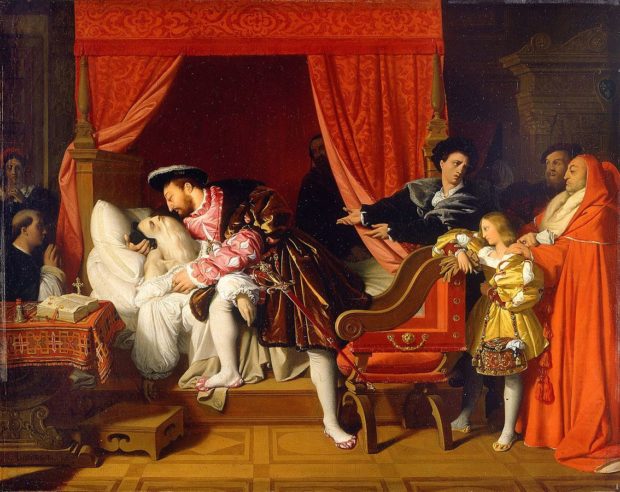
While the Ingres painting, which hangs in the Petit Palais in Paris, is the best-known depiction of the sentimental fiction, it was itself inspired by a 1781 painting by Francois-Guillaume Menageot, which is on display at the royal chateau of Amboise after meticulous restoration work for the quincentenary.
Lover of birds, and flight
A story about Leonardo speaks to both his love of nature and fascination with flight. He would often pity cooped up birds on sale in markets, plunk down the asking price for them and then release them into the air. Leonardo had a legendary obsession with the flight of birds and how understanding the mechanism could lead to the creation of a human flying machine.
The face of a traitor
Leonardo was in the habit of roaming the streets of Milan in search of beautiful or unusual faces, according to Giorgio Vasari, the 16th-century father of art history. “He would follow any such… through the whole day, until the figure of the person would become so well impressed on his mind that, having returned home, he would draw him as readily as though he stood before him,” Vasari wrote.
But when it came to the face of Judas for The Last Supper, Leonardo was at a loss as to how to portray a man who “possessed a heart so depraved as to be capable of betraying his Lord”. Work on the famous mural at the Santa Maria delle Grazie monastery dragged on, and its prior grew so impatient that he complained to the Duke of Milan. He fumed that Leonardo would “sometimes remain half a day… absorbed in thought before his work, without making any progress that he could see,” Vasari related. “This seemed to him such a strange waste of time.”
Summoned by the Duke, Leonardo explained that “men of genius are sometimes producing the most when they seem to be labouring the least” and revealed his difficulty finding a face for Judas, as well as that of Jesus, which he feared that “he could not hope to find on earth.”
At least for Judas, Leonardo had a fallback plan. He told the Duke he could always use the prior’s face. Henceforth, “the poor prior, utterly confounded… left Leonardo in peace,” Vasari wrote.
Oh, that smile!
One of the many artistic conventions that Leonardo da Vinci upended was the portrayal of people smiling, with no smile more famous than that of his Mona Lisa.
Facial expressions were a source of deep fascination for Leonardo, who conducted meticulous anatomical studies to determine the nerves that trigger them.
Biographer Walter Isaacson writes that while by day Leonardo was painting Mona Lisa, by night he “was in the depths of the morgue… peeling the flesh off cadavers and exposing the muscles and nerves underneath.”
And how did he get the young wife of a Florentine silk merchant to smile through hour upon hour of sittings?
Contemporary biographer Giorgio Vasari wrote in the 1550 work “Lives of the Artists” that Leonardo saw the need to keep the lady entertained, and hired musicians and jesters for the purpose. An 1863 painting by Cesare Maccari shows such a studio scene, with Leonardo’s subject flanked by musicians. The work is housed at the Museo Cassioli Pittura in Siena, Italy.
gd/sjw/ach
© Agence France-Presse

